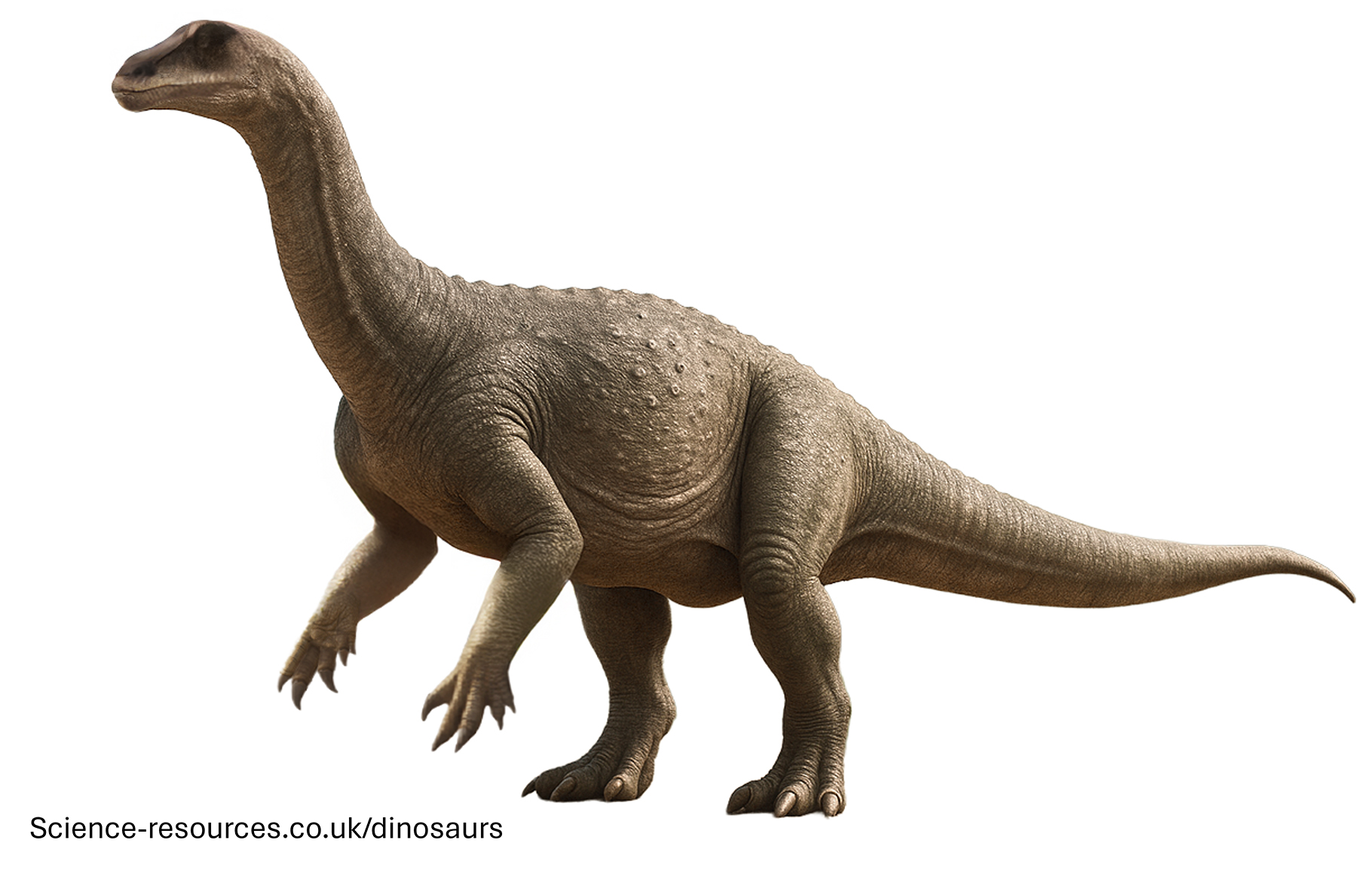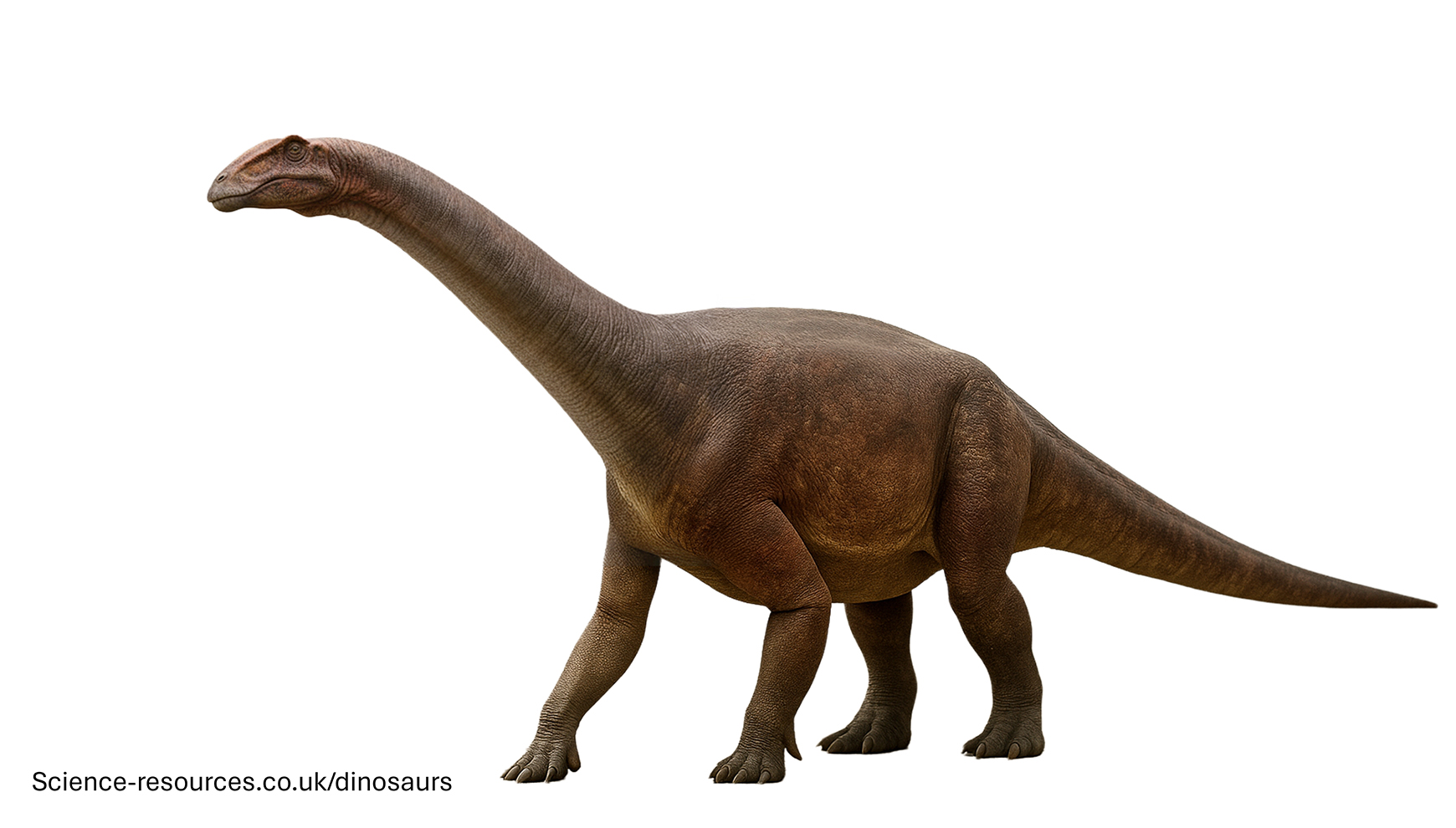You may also be intrested in: Free Dinosaur games
Dinosaur facts: Sauropodomorpha (Prosauropod) Dinosaurs
You may also be intrested in: Free Dinosaur games
What are Sauropodomorpha Dinosaurs?
Here are some notable Prosauropod Dinosaurs: Anchisaurus was a small dinosaur measuring about 2 metres in length. It had a slender body and could walk on two legs. Anchisaurus used its sharp teeth to chew on plants and might have been capable of climbing trees to reach higher vegetation. Massospondylus was a medium-sized dinosaur that measured about 4 metres in length. It had strong hind legs and walked predominantly on two legs. Massospondylus fed on a variety of plants, using its spoon-shaped teeth to process tough vegetation. Mussaurus was a small dinosaur that measured about 3 metres in length. It had a bulky body and walked on two legs. Mussaurus lived in colonies, and juveniles were cared for by adults. It fed on soft plants and might have used its beak-like mouth to clip vegetation. Plateosaurus was one of the biggest and best-known early Sauropodomorpha. It grew up to 10 metres long and stood tall on two legs, but could also walk on all fours. Plateosaurus lived in Europe around 214 million years ago. Its powerful legs helped it move quickly, and its long neck was perfect for reaching tasty leaves. Riojasaurus was a medium-sized dinosaur that measured about 10 metres in length. It had long limbs and walked on two legs. Riojasaurus lived in forested areas and fed on abundant plant life, using its teeth to strip leaves and chew. Thecodontosaurus was a small dinosaur that measured about 2 metres in length. It had a lightweight body and walked on two legs. Thecodontosaurus fed on low-growing plants and might have used its agile body to navigate through dense vegetation.
Notable Sauropodomorpha Dinosaurs
Anchisaurus
Massospondylus
Mussaurus
Plateosaurus
Riojasaurus
Thecodontosaurus
Sauropodomorpha Dinosaur features
When and where did Sauropodomorpha Dinosaurs live?
Q1: What are Sauropodomorpha dinosaurs?
A1: Sauropodomorpha dinosaurs are smaller ancestors of sauropods, known for their shorter necks and ability to walk on two legs. They thrived during the Late Triassic and Early Jurassic periods.
Q2: What notable species are included in Sauropodomorpha dinosaurs?
A2: Notable Sauropodomorpha species include Anchisaurus, Massospondylus, Mussaurus, Plateosaurus, Riojasaurus, and Thecodontosaurus.
Q3: How did Sauropodomorpha dinosaurs adapt to their environments?
A3: Sauropodomorphaadapted through features like bipedal movement, varied diets, and specialised beaks or teeth for feeding. Their agility helped them survive in diverse habitats.
Q4: What did Sauropodomorpha dinosaurs eat?
A4: Sauropodomorpha dinosaurs primarily ate various types of plants, including soft vegetation and tougher leaves.
Q5: What other animals lived alongside Sauropodomorpha dinosaurs?
A5: Sauropodomorpha lived alongside early sauropods, other herbivorous dinosaurs, carnivorous dinosaurs, flying reptiles, and various early mammals. Sauropodomorpha Dinosaur FAQ
You may also be intrested in:
Tags: Prosauropod Dinosaurs, Prosauropod Dinosaur facts, Sauropodomorpha Dinosaur facts, Sauropodomorpha

